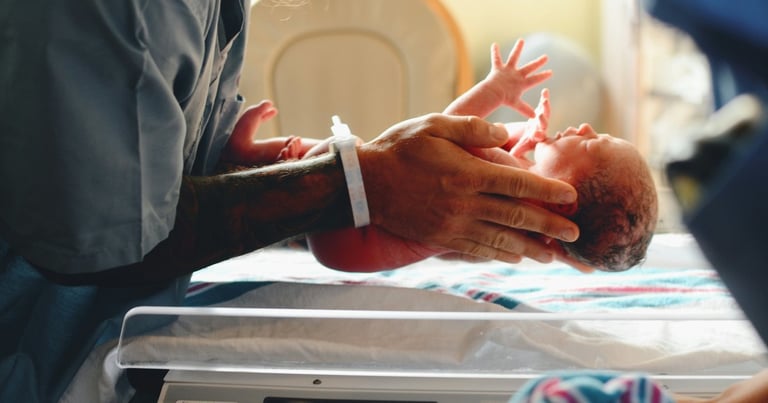US Fertility Rate Plummets to Historic Low: Economic Concerns and Societal Shifts Blamed
July 24, 2025
In 2024, the U.S. fertility rate hit a record low, dropping to 53.8 births per 1,000 women, which translates to an average of 1.6 children per woman of childbearing age, according to the CDC.
This decline continues a nearly two-decade trend of women delaying childbirth or choosing not to have children.
While total births increased slightly to over 3.6 million in 2024, this rise is attributed to demographic shifts rather than an uptick in fertility rates among younger women.
Experts attribute the decline in fertility rates to various societal factors, including economic anxiety, climate concerns, and challenges related to housing and healthcare.
Demographers emphasize that economic stability and access to resources like childcare and parental leave are crucial in influencing birth rates.
In response to falling birth rates, the Trump administration proposed measures such as expanding access to in vitro fertilization and offering 'baby bonuses' to encourage childbirth.
However, critics argue that these proposals do not adequately address fundamental issues like affordable childcare and paid parental leave.
Experts suggest that the decline in fertility reflects a broader societal shift rather than a crisis, with delayed marriages and financial stability being significant factors.
The declining birth rate raises concerns about potential adverse effects on the economy, including a reduced workforce and challenges to social security systems.
With women averaging fewer than two children, there are worries about the population's ability to sustain itself, as fewer births may not offset the number of deaths.
Additionally, Medicaid coverage for births has decreased by 2% to 3% across all age groups, indicating reduced access to publicly funded healthcare for low-income women.
This trend in the U.S. mirrors global patterns, with the worldwide fertility rate projected to decline from 2.2 births per woman in 2024 to 1.8 by 2100, according to a United Nations report.
Summary based on 13 sources
Get a daily email with more World News stories
Sources

CBS News • Jul 24, 2025
U.S. birth rate hits all-time low, CDC data shows
Los Angeles Times • Jul 24, 2025
The U.S. fertility rate reached a new low in 2024, CDC data show - Los Angeles Times
AP News • Jul 24, 2025
US fertility drops to new low in 2024, CDC data shows | AP News
ABC News • Jul 24, 2025
The US fertility rate reached a new low in 2024, CDC data shows